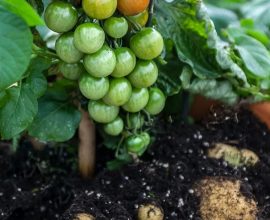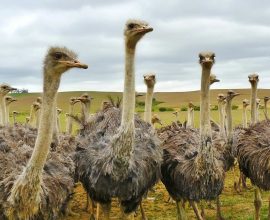Fast Facts:
- “The blue economy is the sustainable use of ocean resources for economic growth, improved livelihoods, and jobs while preserving the health of ocean ecosystem” (World Bank).
- The African Union declared 2015 to 2025 as the Decade of African Seas and Oceans, and the blue economy is now officially referred to as the new frontier of Africa’s Renaissance.
- 40% of the world’s population live near coastal areas, 3 billion people depend on fish as part of their diet (FAO, 2017).
- 80% of global trade by volume is carried by sea and one in ten people rely on the fishing industry to make a living.
- 34% of crude oil production will come from offshore fields by 2025 and 50% of fish for human consumption is provided by aquaculture (Common Wealth).
- Our oceans cover nearly three-quarters of the earth’s surface, and produce more than half the oxygen in the atmosphere. Some 97% of our water is here.
- It is a major influence on weather systems and home of a vast array of marine life – from whales to phytoplankton.
- The ‘blue economy’ concept provides a more holistic vision that embraces economic growth – when it is sustainable and does not damage other sectors. Similar to the ‘green economy’, the blue economy brings human well-being, social equity and environmental sustainability into harmony
- The blue economy embraces economic opportunities. But it also protects and develops more intangible ‘blue’ resources such as traditional ways of life, carbon sequestration and coastal resilience in order to help vulnerable states mitigate the devastating effects of poverty and climate change.
- The worldwide ocean economy is valued at around $1.5 trillion per year, making it the seventh largest economy in the world. It is set to double by 2030 to $3 trillion. The total value of ocean assets (natural capital) has been estimated at $24 trillion.





